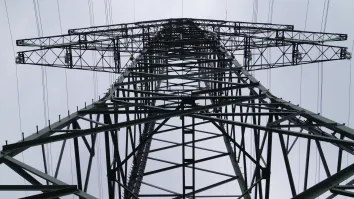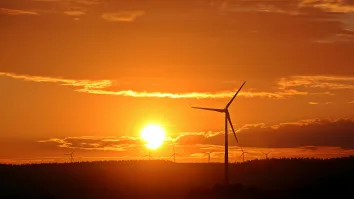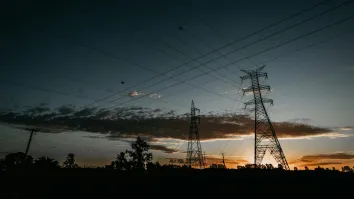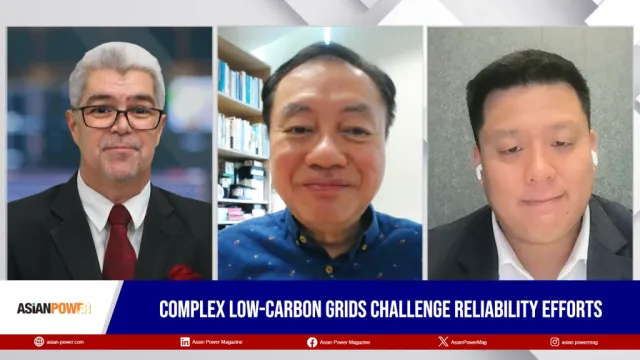
Coal-dependent ASEAN told to scale up RE generation
A regional power grid could help governments in their renewable energy transition.
Members of the Association of Southeast Asian Nations (ASEAN) should develop more domestic renewable energy (RE) sources to meet the region’s growing power demand, whilst also working toward their clean energy goals, according to its secretary-general.
ASEAN Secretary-General Kao Kim Hourn told Asian Power he expects the bloc’s energy demand to more than double by 2040 amidst a growing population, expanding economies, and industrialization.
“We really need to build homegrown [RE plants] within the region as much as possible,” he said in an interview during the Singapore International Energy Week. “At the same time, we need to work with our partners, including international organizations and certainly, financial institutions.”
The region remains heavily dependent on coal, whose share in the total energy mix increased to 28% this year from 9% at the start of the century, according to the International Energy Agency. Renewable energy, meanwhile, tripled its contribution to the mix between 2000 and 2023, led by solar power.
A separate report by Ember noted that the region’s 45 terawatt-hour electricity demand from 2022 to 2023 was entirely met by fossil fuels. Emissions could rise significantly if governments fail to promote energy-efficient solutions, as electricity demand is projected to grow 7.3% annually through 2030, it said.
“We have to try to transition to renewable energy, but at the same time, it has to be sustainable and reliable,” Kao said. “So the key here is all about collaboration, cooperation within that solution, and of course, with our external partners.”
Kao said member-countries should also work on expanding the ASEAN Power Grid, which would pave the way for regional power interconnection initially through cross-border bilateral terms, and then to subregions and the entire ASEAN.
The project is expected to enhance electricity trade across borders, helping countries in the region meet power demand and improve access to energy services.
The APG has a transmission capacity of 7.7 gigawatts (GW), mainly bilateral in the Greater Mekong Subregion, according to the Asian Development Bank. The target is to increase the capacity to 17.6 GW by 2040 through 18 interconnections, including nine new and nine existing links.
Kao said it is clear that ASEAN leaders are committed to the transition to renewable energy. “We need to maintain the current momentum to make sure that we are able to achieve a long-term commitment,” he said, adding that countries should also focus on keeping prices affordable.
“What we need to do now is to continue to facilitate what we can do together, and at the same time, to focus on the affordability dimension,” he added.

















 Advertise
Advertise







